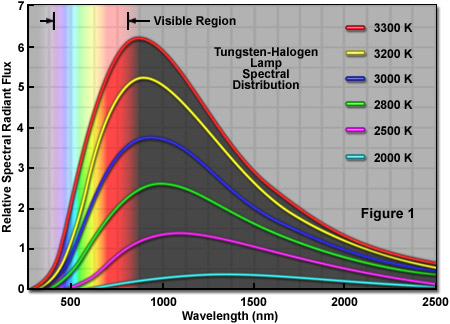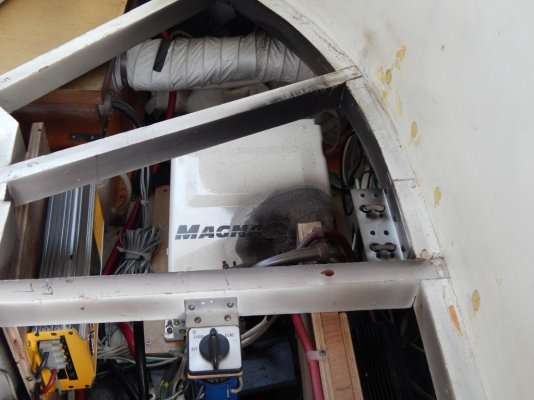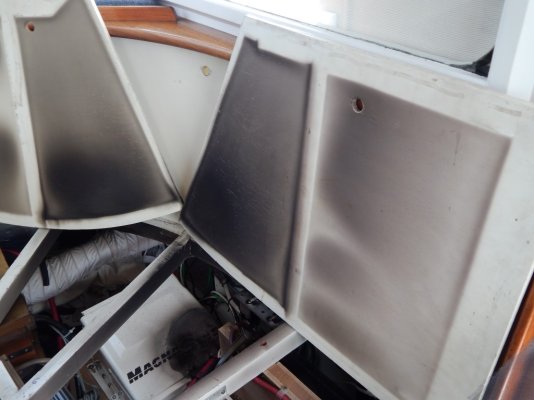From the most recent Magnum website:
MS2812
The MS Series Inverter/Charger – a pure sine wave inverter designed specifically for the most demanding mobile, backup, and off-grid applications. The MS Series Inverter/Charger is powerful, easy-to-use, and best of all, cost effective.
Power Factor Corrected (PFC) Charger: Our PFC charger is built into all of our inverter/chargers. It uses less energy from a generator than a standard charger – using 25-30% less AC current than standard chargers.
Safe and reliable: The MS2000, MS2012, MS2812, and MS4024 are ETL Listed to the stringent requirements of UL/cUL 458 for mobile use and the MS2012, MS2812, and MS4024 are ETL Listed UL 1741 and CSA C22.2 #107.1-01 for renewable energy installations. All models also meet KKK-A-1822E standards for emergency vehicle use.
So, what does all that mean?
First off: this is the current product list; I have no idea what older product revs claim.
Second: ETL did the safety testing. They have been around quite a while, and I have had them do work on other stuff of mine. I don't otherwise have an opinion plus or minus.
Third: The CSA 22.2 demands fire safety, to the point where it should be a very low risk that the device will allow the escape of fire. Clearly, what we are seeing in the field challenges this. I will also say, that safety reviews cover "SINGLE FAULT FAILURES". So, if two critical parts go bad, there can be a serious issue and still pass the intent of the standard.
Here is the exact index content, relevant to fire and human safety.
The purpose of the requirements of this standard is to ensure that HAZARDS to the OPERATOR and the surrounding area are reduced to a tolerable level. Requirements for protection against particular types of HAZARD are given in Clauses 6 to 13, as follows:
a) electric shock or burn (see Clause 6);
b) mechanical HAZARDS (see Clauses 7 and 8);
c) spread of fire from the equipment (see Clause 9);
d) excessive temperature (see Clause 10);
e) effects of fluids and fluid pressure (see Clause 11);
f) effects of radiation, including lasers sources, and sonic and ultrasonic pressure (see Clause 12);
g) liberated gases, explosion and implosion (see Clause 13).
Notice the words "to a tolerable level". What you may find tolerable, may not be the same as the test lab or the manufacturers idea of tolerable.
Last note: I see the UL458 listing. This has some marine related content. So, very likely the instructions say do not install in a classed atmosphere. A gas boat bilge would not be a good mounting location, IMO.



